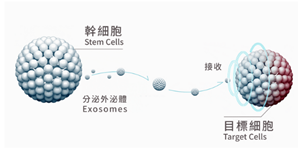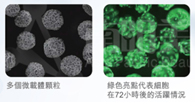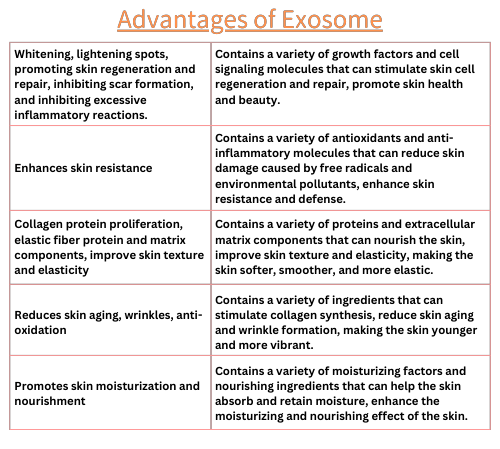

|
Trial Price $6800
What is Exosome? Exosome is a type of extracellular vesicle that is secreted by stem cells during cultivation. It is a nano-sized, active, and special vesicle. The lipid bilayer membrane of the vesicle carries various signal factors such as nucleic acids, proteins, sugars, and lipids, which act as a medium for cell signal transmission. The main function of exosomes is to spread between cells and transfer a large amount of growth factors to the required cells, thereby enabling cell repair and tissue regeneration, promoting tissue repair and regeneration, regulating the immune system, and inhibiting inflammation1. Exosomes contain active molecules such as proteins, nucleic acids, and lipids that are transported to the correct cells or tissues as carriers of nutrients. They regulate the function and biological behavior of cells. Studies have shown that exosomes can promote the regeneration of fibroblasts and help maintain skin elasticity. In addition, exosomes have been proven to reduce pigment deposition and plaques, reduce fine lines, improve skin firmness, improve skin texture, even skin tone, achieve anti-aging regeneration and repair. • 100 billion cell particles • 21,700ppm concentration • 0.003 times pore size • 1000 types of growth factors and protein types |
|
Advantages of Exosomes |
||
| Exosomes have an average size of about 30-150 nm, which is in the nanometer range. They are easily absorbed and have a high degree of biological compatibility due to their double-layered lipid structure, which is structurally complete. | The main function of exosomes is to transmit messages between cells. They contain growth factors, abundant proteins, miRNA (small molecule ribonucleic acid), amino acids, etc., which enable damaged and aging cells to repair and regenerate. | Traditional stem cell culture is difficult to preserve. Exosomes, on the other hand, do not cause rejection in the human body and have no risk of causing cancer. Therefore, compared to stem cells, they are safer and more stable. |

|
Protein transduction domain Using genetic engineering technology, proteins, DNA, amino acids, peptides, PDRN (polydeoxyribonucleotide), etc. are processed from phospholipid bilayer morphology into tens of nanometer-sized particles without the help of additional dosage forms. They can penetrate and be transmitted to the skin and cells.
SP1-FGF1 / SP1-FGF2 SP1-FGF1 is a protein that combines PTD and acidic fibroblast growth factor CFGF1, which is easily penetrable by the skin.
SP1-FGF2 is a protein that combines with basic fibroblast growth factor (FGF2). It is easily absorbed by the skin and stimulates collagen protein and ECM (extracellular matrix) synthesis in fibroblasts, helping to regenerate the dermis layer of the skin, improve skin elasticity, and play an excellent role in dermal density. √Improves skin elasticity √Anti-aging |


